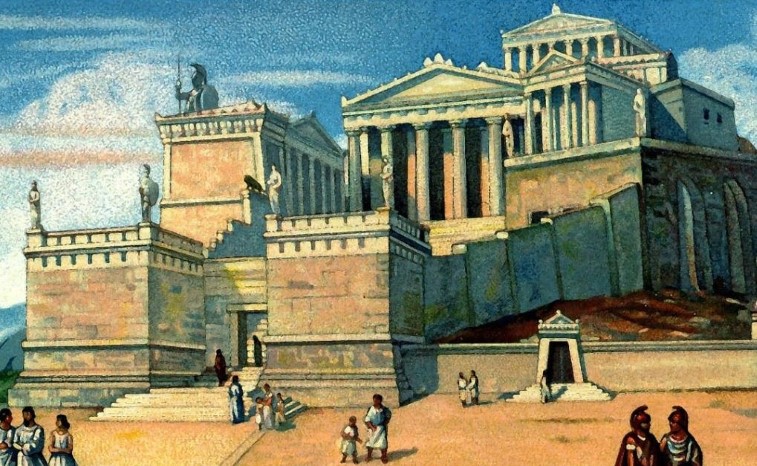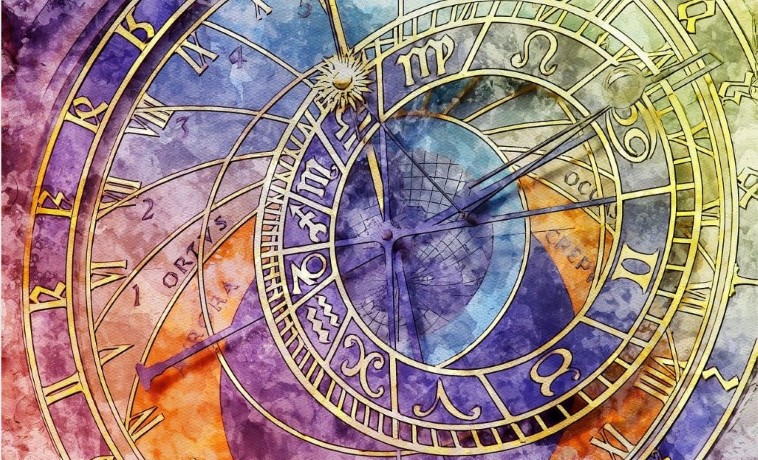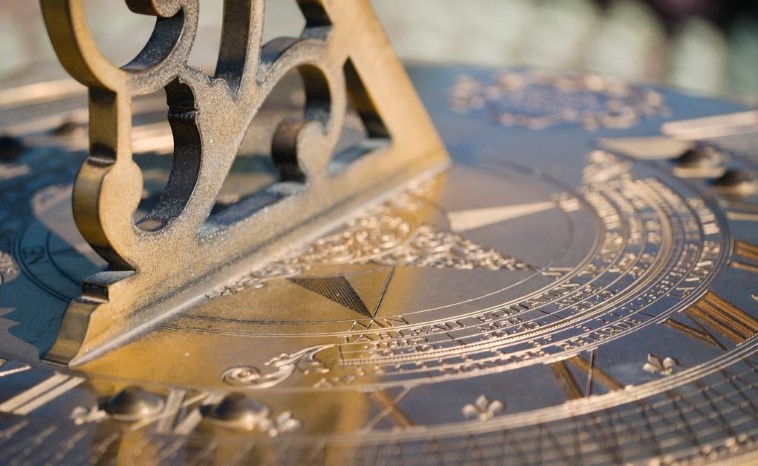An ode to Eratosthenes: The ancient Greek teacher linking head, spirit and mind

The phenomenal ancient Greek mathematician, astronomer, geographer and poet Eratosthenes is considered by many to be one of the greats of ancient astronomy, if not the best, then certainly the most lucid among them.
During his education, Eratosthenes spent several years in Athens and Alexandria. At that time, Alexandria was a world city – a center of trade, knowledge and wisdom. Caravans came day and night from the entire world at that time, and with them new ideas and knowledge of other people.

Then, the Egyptian ruler at that time Ptolemy I, came up with the idea of creating a large library and museum, modeled after Athens and Alexandria.
The library was said to have a collection of around 700,000 rolls of papyrus and parchment. All the wisdom, cultural and scientific heritage of the world at that time was in one place of inestimable value: clay tablets of ancient Babylon and Mesopotamia, countless Egyptian papyri from the predynastic period, priceless Indian manuscripts brought by the army of Alexander the Great, rich Persian documentation, and much more.
Eratosthenes also worked on the problem of prime numbers. The last great Greek surveyor, Pappos of Alexandria, mentions Eratosthenes books as important knowledge of geometry.
And in the field of geodesy, he will be forever remembered for his attempt to measure the circumference of the Earth.
In addition, Eratosthenes did many other things that would lead to the advancement of science. For example, he created a calendar that has leap years, and he also laid the foundations for a systematic chronography of the world, trying to date all political and literary events from the fall of Troy onwards.
He also claimed to have an accurate catalog of 675 fixed stars.

He made an immeasurable contribution to the development of geography and was a man who would raise it to the level of a real science. He drew, very accurately, the course of the Nile all the way to Khartoum, showing two Ethiopian tributaries, with suggestions that its sources are actually distant mountain lakes.
Another contribution to geography is reflected in the fact that he described the region of present-day Yemen as the meeting place of four different races.
Eratosthenes’ writing includes the poem “Hermes” (which survives only in fragments), inspired by astronomy and written for the theater, as well as a work on ethics, a favorite topic of the ancient Greeks. Unfortunately, we have already said that most of his works have been lost, while only the reviews of some contemporaries and followers have been preserved.
Among the many achievements of Eratosthenes, the one related to the precise determination of the diameter of the Earth is certainly the greatest and most significant.
Legend has it that he heard from some caravans that only once a year, at the time of the summer solstice, the Sun is reflected in the water of a well in Siena, which meant that at that moment the Sun was directly above him. Using a gnomon, Eratosthenes determined the angle of that shadow and found it equal to one-fiftieth of a full circle.

Correctly reasoning that due to the enormous distance of the Sun, its rays falling on the Earth are practically parallel, he concluded that if he knew the distance between two cities, he could easily calculate the circumference of the Earth itself!
Eratosthenes published his theories and calculations in an extensive three-volume work “Geography” where this term appears for the first time. Although his calculations were contested even during his lifetime, they nevertheless enabled the creation of over a thousand maps and globes that were among the most accurate.
This, in turn, reawakened interest in geography and surveying, and encouraged countless regional navigators to embark on exploratory expeditions using only the most primitive navigational equipment. Eratosthenes’ work also solidified the idea of the shape of the Earth, and promoted the then-new theory that a locality’s climate was determined by its distance from the equator.
“Geography” also launched the concept of antipodes – undiscovered territories and people living on the “other side” of the globe we know.
Sadly, in his old age, Eratosthenes became completely blind and infirm, and not wanting to live any longer, he ended his life by starvation in the ninth decade of his life.
“To measure is to know.”, Eratosthenes

